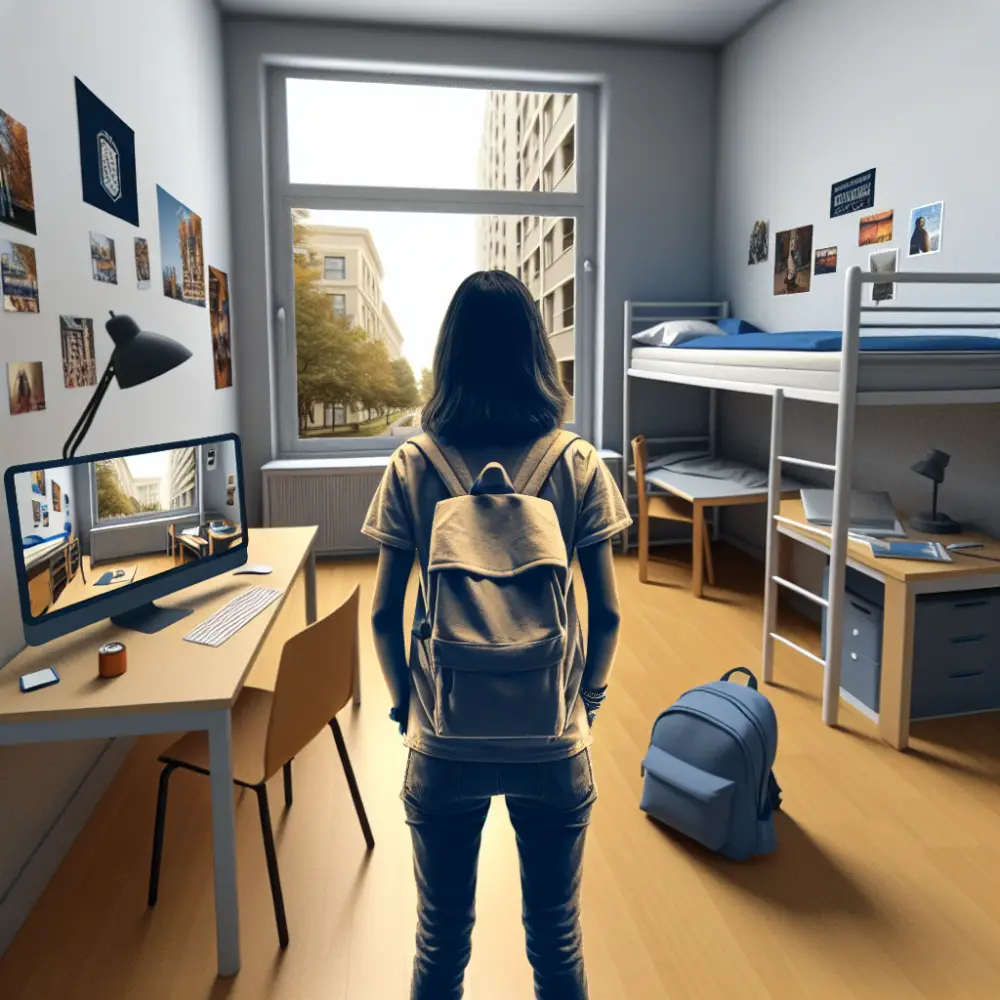Accommodation Guide for International Students in Australia (2025)


Finding the right accommodation is a crucial step in ensuring a comfortable and successful student experience in Australia. This guide explores various accommodation options available to international students in 2025, emerging trends in student housing, practical tips for securing the best place to live, and key considerations before signing a lease.
1. Types of Accommodation
On-Campus Accommodation
Many universities offer on-campus housing, such as student residences and residential colleges. These accommodations provide a strong sense of community, convenience, and easy access to university facilities. They usually include fully furnished rooms, communal study areas, and meal plans.
- Cost: AUD 110 - AUD 280 per week (varies by university and city)
- Benefits: Close to classes, social environment, often includes meals and utilities
- Challenges: Limited availability, may be more expensive than shared rentals
Purpose-Built Student Accommodation (PBSA)
PBSA refers to privately operated student housing complexes designed to cater specifically to students. These modern accommodations offer facilities such as study rooms, high-speed internet, gyms, and social areas.
- Cost: AUD 200 - AUD 500 per week (varies by city and amenities)
- Benefits: Secure, fully furnished, modern amenities, social environment
- Challenges: Higher cost compared to private rentals, limited personal space
Private Rentals (Apartments & Houses)
Renting an apartment or house independently or with housemates offers greater flexibility and independence. Students often share houses to split costs and live closer to universities or city centers.
- Cost: AUD 180 - AUD 600 per week (varies by location and property size)
- Benefits: More independence, ability to choose location and roommates
- Challenges: Higher setup costs (bond, furniture, utilities), longer lease commitments
Homestays (Living with a Host Family)
Homestays involve living with an Australian family, providing an opportunity for cultural immersion and language improvement. Most homestays include meals and utilities.
- Cost: AUD 250 - AUD 350 per week (includes meals and utilities)
- Benefits: Cultural experience, language support, structured environment
- Challenges: Less independence, may have household rules
Short-Term Accommodation (Hostels, Hotels, Serviced Apartments)
For students who need temporary housing before securing a long-term rental, short-term options such as hostels and serviced apartments are available.
- Cost: AUD 30 - AUD 150 per night
- Benefits: Flexible stay, ideal for students arriving in Australia for the first time
- Challenges: Expensive for long-term stays, limited privacy
2. Emerging Trends in Student Housing (2025)
Affordability and Flexible Leasing Options
With the rising cost of living, many students prefer flexible lease options, co-living spaces, and shared accommodation arrangements. Some providers now offer short-term contracts to accommodate changing academic schedules.
Sustainability-Focused Housing
Universities and private student accommodations are increasingly focusing on eco-friendly living spaces. Features such as solar energy, energy-efficient appliances, and sustainable building materials are becoming common.
Tech-Enabled Student Housing
Modern accommodations now integrate smart home technology, high-speed internet, digital security systems, and app-based room management to enhance convenience for students.
Community-Oriented Living Spaces
Many student accommodations are shifting towards creating community-driven environments with shared social spaces, mental health support services, and student engagement programs.
3. How to Secure Accommodation in Australia
Start Early
Begin researching housing options 3-6 months before your arrival to ensure better availability and choice.
Use University Resources
Most universities have accommodation offices that provide assistance with finding on-campus housing or connecting students with rental listings and homestay programs.
Inspect the Property
If possible, visit the property in person or request a virtual tour to assess its suitability before signing a lease.
Understand Lease Terms
Carefully read and understand your rental agreement, including:
- Lease duration
- Bond (security deposit) requirements
- Rent payment schedule
- Utility costs (electricity, water, internet)
- House rules and maintenance responsibilities
Consider Location & Transport
Choose a location that is close to your university or has convenient public transport options. Also, consider access to supermarkets, healthcare facilities, and student-friendly amenities.
Budget Wisely
Factor in additional costs such as:
- Bond (usually 4-6 weeks' rent)
- Utility bills (if not included in rent)
- Furniture (for private rentals)
- Transport and living expenses
4. Key Considerations Before Moving In
-
Rental Agreements & Tenant Rights
Ensure you understand your rights as a tenant. Each Australian state and territory has specific rental laws that protect tenants from unfair rental practices. -
Safety & Security
Choose accommodations with good security features such as CCTV, secure entry, and safe neighborhoods. -
Internet & Study Environment
Reliable internet is essential for studies, so check for high-speed connections before finalizing accommodation. -
Cultural Adjustment
If staying in a homestay, be open to cultural differences and household rules.
5. Where to Get More Help
For assistance with course selection, applications, and obtaining discounted Overseas Student Health Cover (OSHC), visit mycoursefinder.com.
Final Thoughts
Choosing the right accommodation is essential for a comfortable and productive stay in Australia. Whether you opt for on-campus housing, shared rentals, or homestays, planning ahead and considering all factors will ensure a smooth transition into student life.










